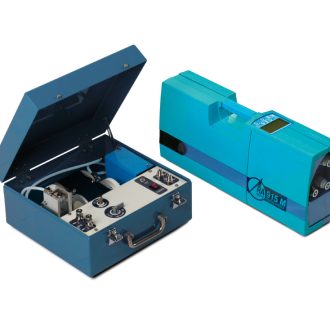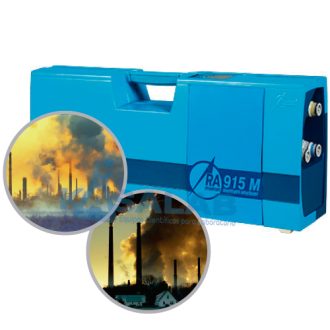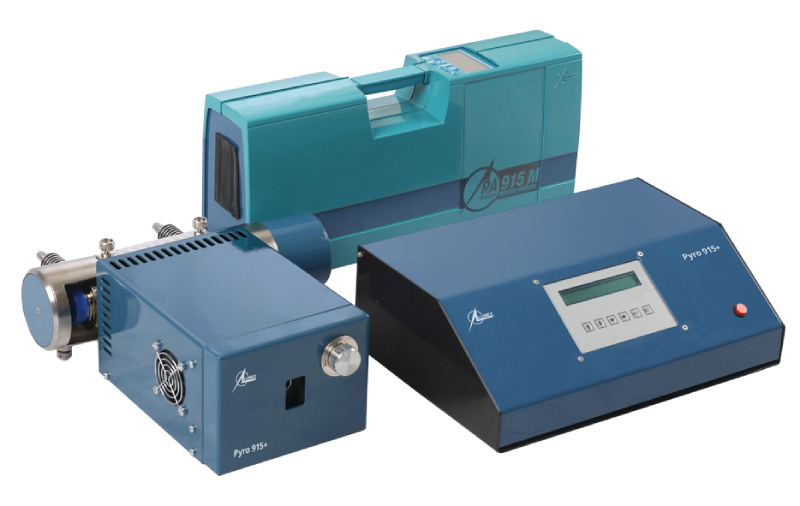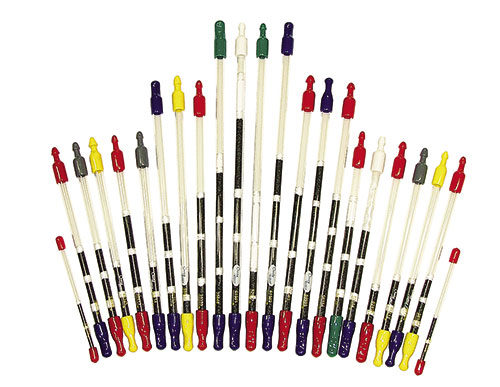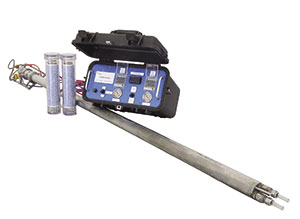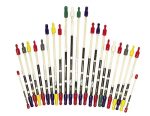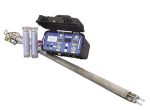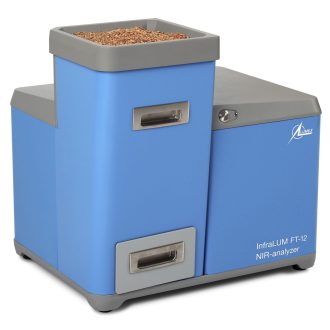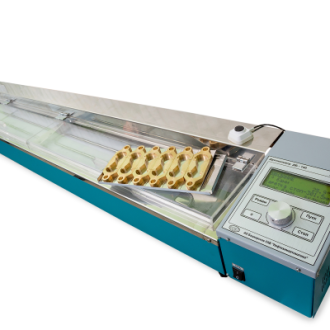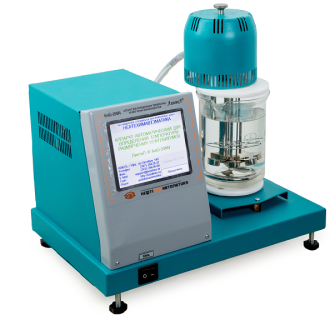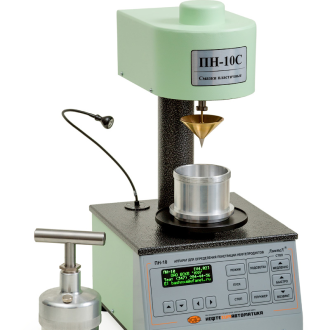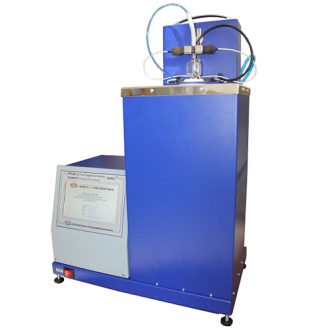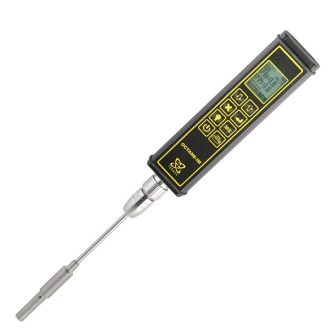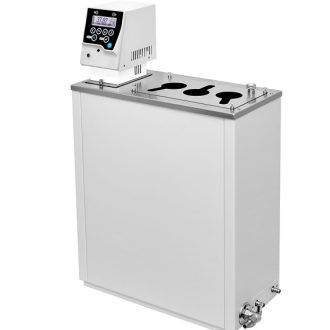Mercury Monitoring Toolkit
Mercury Monitoring Toolkit is designed for efficient and cost-effective on-site determination of total and speciated mercury emissions with flue gases using sorbent trap method. The method has been widely used in power generation, cement production, metallurgy, waste incineration, etc.
Sorbent Trap method is the most cost-effective and accurate method for measuring mercury content in flue gases that involves sampling using paired sorbent traps with subsequent laboratory analysis. The United Nations Environment Programme considers the sorbent trap method to be one of the BAT/BEP (best available techniques/best environmental practices) for mercury emissions monitoring.
The proposed technique complies with US EPA Method З0В; US EPA PS 12B; HJ 917-2017; CEN/TS 17286.
The so-called USEPA’s Mercury Measurement Toolkit was proposed by the US EPA to provide rapid, reliable on-site data on mercury levels in flue gas as well as in coal, ash and other combustion products.
Mercury Monitoring Toolkit includes:
- sampling system (heated probe and sampling console);
- variety of sorbent traps;
- analytical system based on direct Zeeman mercury analyzer.
A known volume of flue gas is sampled through paired in-stack sorbent traps at a fixed flow rate. After the sampling, the traps are removed and the sorbent sections are analyzed for mercury content.
- Compliant with US EPA Method З0В; PS 12B; HJ 917-2017; CEN/TS 17286
- Measurement of total Hg and speciation in flue gas
- Mobile equipment is easy to use, maintain, and transport
- No special requirements for site preparation
- Wide dynamic measurement range: 0.5 to 50 000 ng mercury absolute
- Fast on-site analyses (2–10 minutes per sample)
- No compressed gases
- Lower capital expenditure comparing to that of CEM
- Low operating and maintenance costs
- Versatility: analyses of coal, ash, sludge, wastewater with the same analytical system
| Detection limit |
0.5 ng; Range: 0.5 – 50,000 ng. |
|---|

